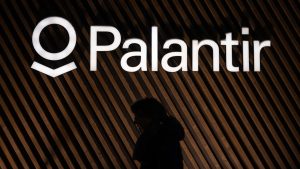Entanglement is a unique correlation between quantum objects, such as particles at the atomic scale, that cannot be explained by classical physics. It is a central property of quantum systems and understanding it better can provide insight into the efficient storage and processing of information in these systems. MIT researchers have developed a technique to efficiently generate entanglement among an array of superconducting qubits, which are the building blocks of a quantum computer. This breakthrough allows for the generation of highly entangled states and the ability to shift between different types of entanglement.
Assessing entanglement in a large quantum system involves understanding the amount of shared quantum information between subsystems of qubits and the rest of the system. Entanglement can be categorized as area-law or volume-law, depending on how this shared information scales with the geometry of the subsystems. Generating volume-law entanglement is particularly important for realizing a quantum advantage, but it is challenging to simulate at scale using classical computers. The researchers were able to efficiently generate both area-law and volume-law entanglement using a quantum processor made up of superconducting circuits engineered as artificial atoms. By carefully controlling this processor, they were able to experimentally confirm theoretical predictions about the crossover from volume-law to area-law entanglement.
The team’s experiment demonstrated the capabilities of superconducting quantum processors as both analog simulation devices and digital computing tools. By transitioning from volume-law to area-law entanglement, the researchers were able to characterize and benchmark larger-scale quantum systems. This technique may also provide insights into the thermodynamic behavior of complex quantum systems, a task currently beyond the capabilities of analytical methods and even the most powerful supercomputers. Understanding the nature of entanglement in many-body systems through these experiments could lead to further advancements in quantum computing and quantum information processing.
The study involved a diverse team of researchers who put years of work into developing the infrastructure around the quantum processor. By generating and probing different types of entanglement, the researchers were able to gain a deeper understanding of the role entanglement plays in quantum algorithms and information processing. The techniques developed in this work offer a roadmap for scaling quantum technology beyond the capabilities of classical computing and could potentially revolutionize the fields of quantum computing and quantum information science. The research was supported by various funding sources, including the U.S. Department of Energy, the National Science Foundation, and NASA, among others.





